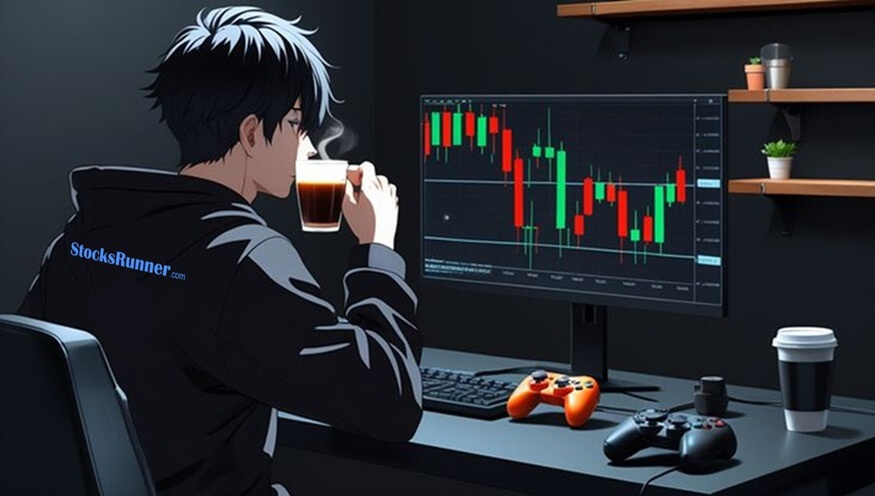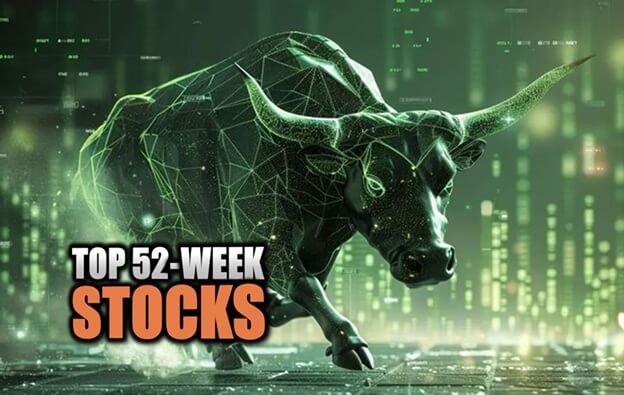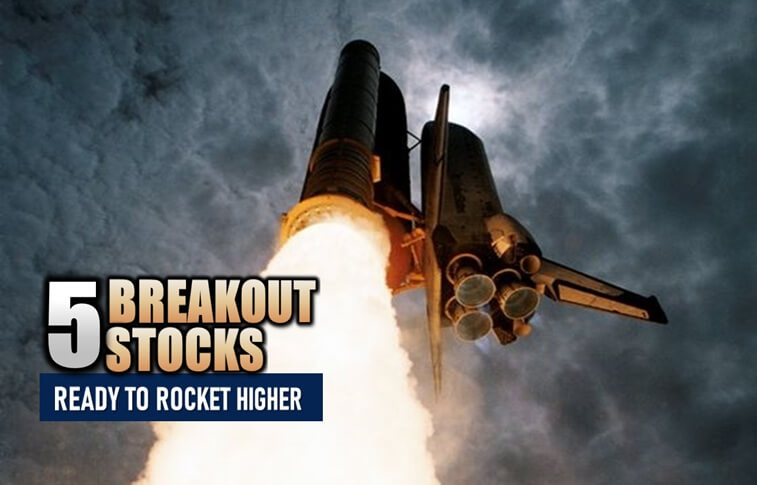The Buffett Indicator - Is Wall Street on the Verge of a Bubble?
Is the stock market overvalued? The Buffett Indicator reveals potential bubbles and warns of impending market crashes. Find out now.
 Dec 30 2024
Dec 30 2024
Warren Buffett, known globally as the Oracle of Omaha, is once again making headlines with his cautious stance on the stock market. His favorite metric, the “Buffett Indicator,” is flashing warning signs that should not be ignored by day traders, swing traders, or even institutional investors. For those navigating the complexities of today’s market, this indicator might hold critical insights into potential risks and opportunities.
What Is the Buffett Indicator?
The Buffett Indicator is a straightforward yet powerful tool introduced by Buffett himself in 2001 during an interview with Fortune. It calculates the ratio of the total market capitalization of all U.S. stocks to the country’s gross domestic product (GDP). This simple comparison provides a snapshot of market valuation relative to the size of the economy.
When the ratio is below 70%, stocks are considered undervalued—a possible buying signal. Around 100%, valuations are deemed fair, but above 200%, the market enters dangerous territory, often characterized as a bubble. Historically, the indicator averages about 85%. Today, it stands at an astonishing 209%, a record-breaking level.
Such peaks are rare and often precede significant market corrections. For example, the indicator reached 144% before the dot-com crash in 2000, 107% before the 2008 financial crisis, 166% before the COVID-19 market downturn, and 195% before the declines in 2022. These historical markers align with major corrections, with the S&P 500 suffering substantial losses ranging from 28% to 57%.
Warning Signs Are Mounting
The Buffett Indicator isn’t the only signal suggesting caution. Buffett’s own company, Berkshire Hathaway, has been amassing cash at an unprecedented rate, holding over $325 billion in cash and equivalents, primarily in U.S. Treasury bonds. This cash reserve, the highest in 34 years, echoes patterns observed during the lead-up to the 2008 financial crisis.
For the past two years, Berkshire Hathaway has sold more stocks than it has purchased. Net sales totaled a staggering $166 billion, signaling a deliberate move to de-risk its portfolio. Despite this cautious stance, Buffett has not stopped investing altogether. In recent months, Berkshire has selectively acquired stocks it deems undervalued, spending over $560 million on companies like Occidental Petroleum, Sirius XM Holdings, and VeriSign.
These moves reflect Buffett’s long-standing mantra: “Be fearful when others are greedy, and greedy when others are fearful.” His selective buying hints at opportunities in undervalued sectors, even amid broader market concerns.
The Implications for Traders
For day traders and swing traders, the Buffett Indicator’s alarming high demands vigilance. Markets at these elevated levels are often volatile, with unpredictable swings that can either create or destroy value in a matter of hours. Staying informed and agile is essential.
Traders should closely monitor market sentiment and adjust strategies to account for potential downside risks. Avoiding overleveraged positions and focusing on high-conviction trades can help mitigate losses if the market turns bearish. Additionally, staying diversified across sectors can provide a buffer against sector-specific downturns.
While the Buffett Indicator serves as a warning for short-term market froth, long-term investors might see it differently. Corrections, though painful, often pave the way for substantial buying opportunities. Historically, market declines have been followed by robust recoveries, rewarding those who can weather the storm.
Investors should prioritize liquidity and patience, keeping cash reserves ready to deploy when valuations become attractive. This is particularly important in a market where fear can drive prices below intrinsic value, creating a fertile ground for long-term gains.
Focusing on companies with strong fundamentals, sustainable growth, and competitive advantages remains crucial. These firms are more likely to endure market turbulence and emerge stronger on the other side.
Are We in a Bubble?
The Buffett Indicator’s current level, paired with Buffett’s conservative moves, suggests we are approaching, if not already in, bubble territory. However, predicting the exact timing of a market downturn is notoriously difficult. While this data should prompt caution, it does not imply an immediate crash. Instead, it serves as a reminder to prepare for heightened volatility and potential corrections.
For traders, the key is to remain nimble and informed. For investors, the focus should be on long-term resilience and the opportunities that arise in turbulent times. Whether this bubble bursts or simply deflates, staying proactive will be the difference between capitalizing on market shifts and being caught off guard.
As we navigate this uncertain market environment, Buffett’s wisdom rings true: “The secret to investing is to be fearful when others are greedy and greedy when others are fearful.” Right now, it seems that Buffett is leaning heavily into the fear.
Unlock Exclusive Stock Insights!
Join StocksRunner.com for daily market updates, expert analyses, and actionable insights.
Signup now for FREE and stay ahead of the market curve!
Why Join?
Find out what 10,000+ subscribers already know.
Real-time insights for informed decisions.
Limited slots available, SignUp Now!
Please note that the article should not be considered as investment advice or marketing, and it does not take into account the personal data and requirements of any individual. It is not a substitute for the reader's own judgment, and it should not be considered as advice or recommendation for buying or selling any securities or financial products.



 Invest.Sensei
Invest.Sensei












